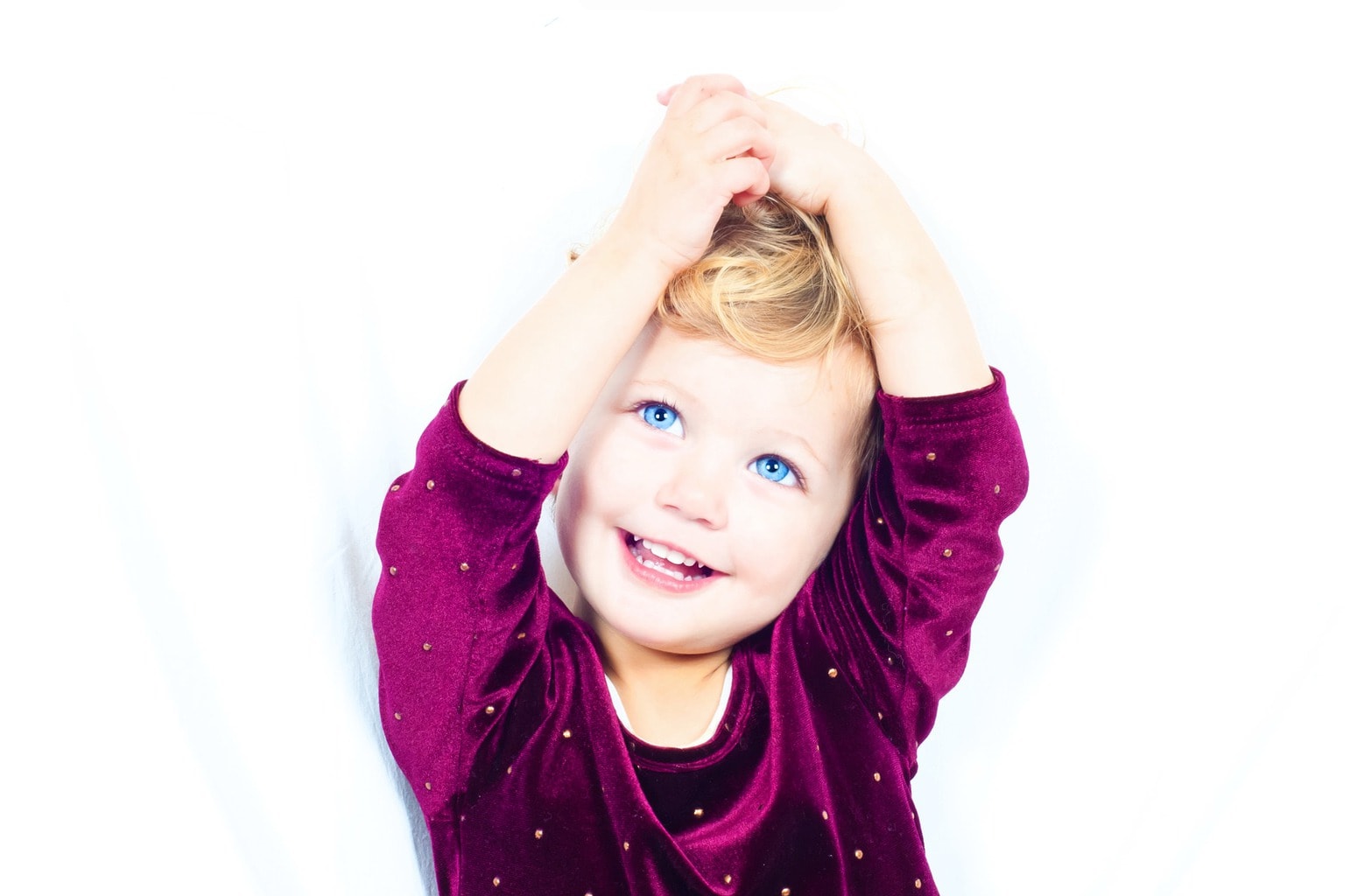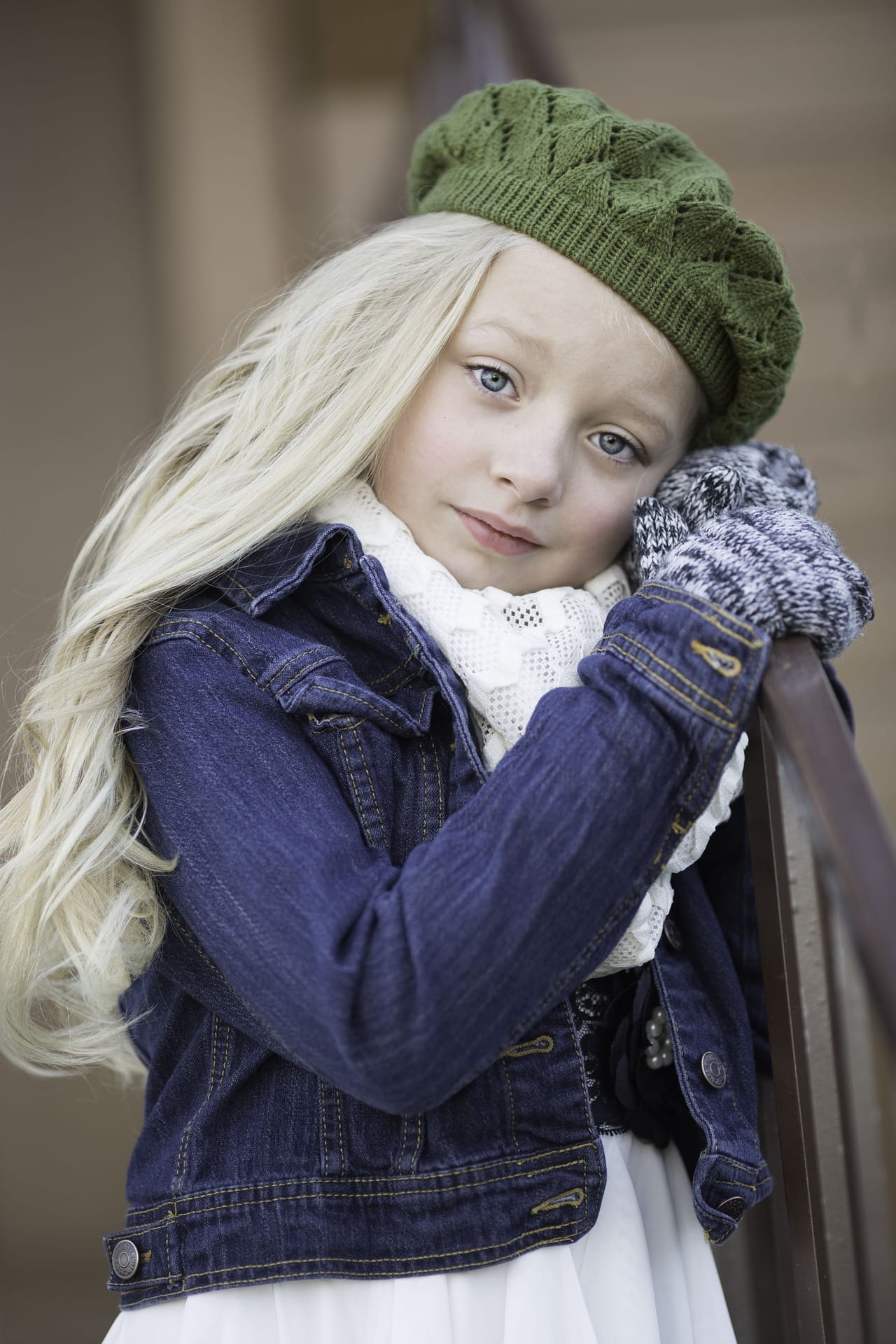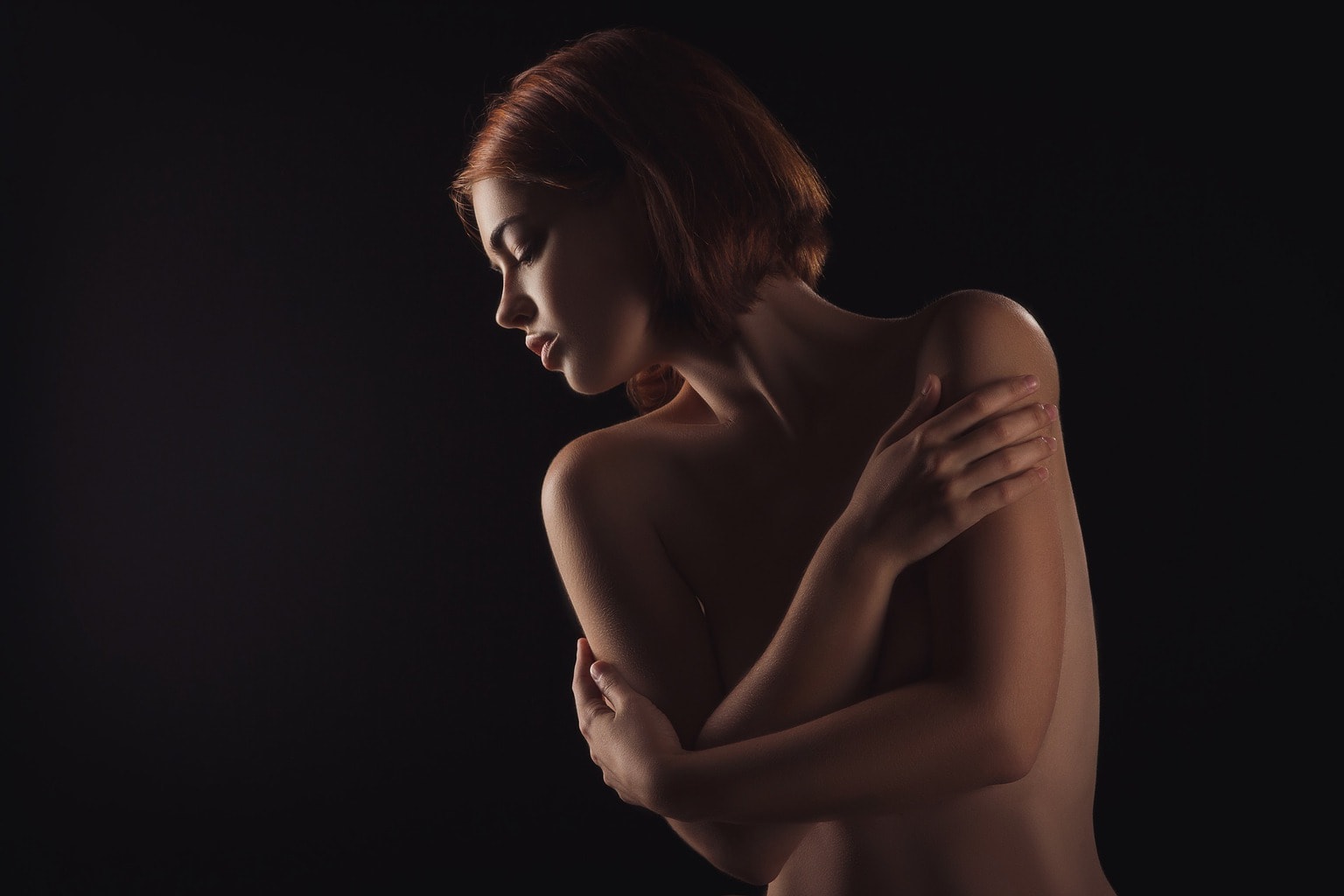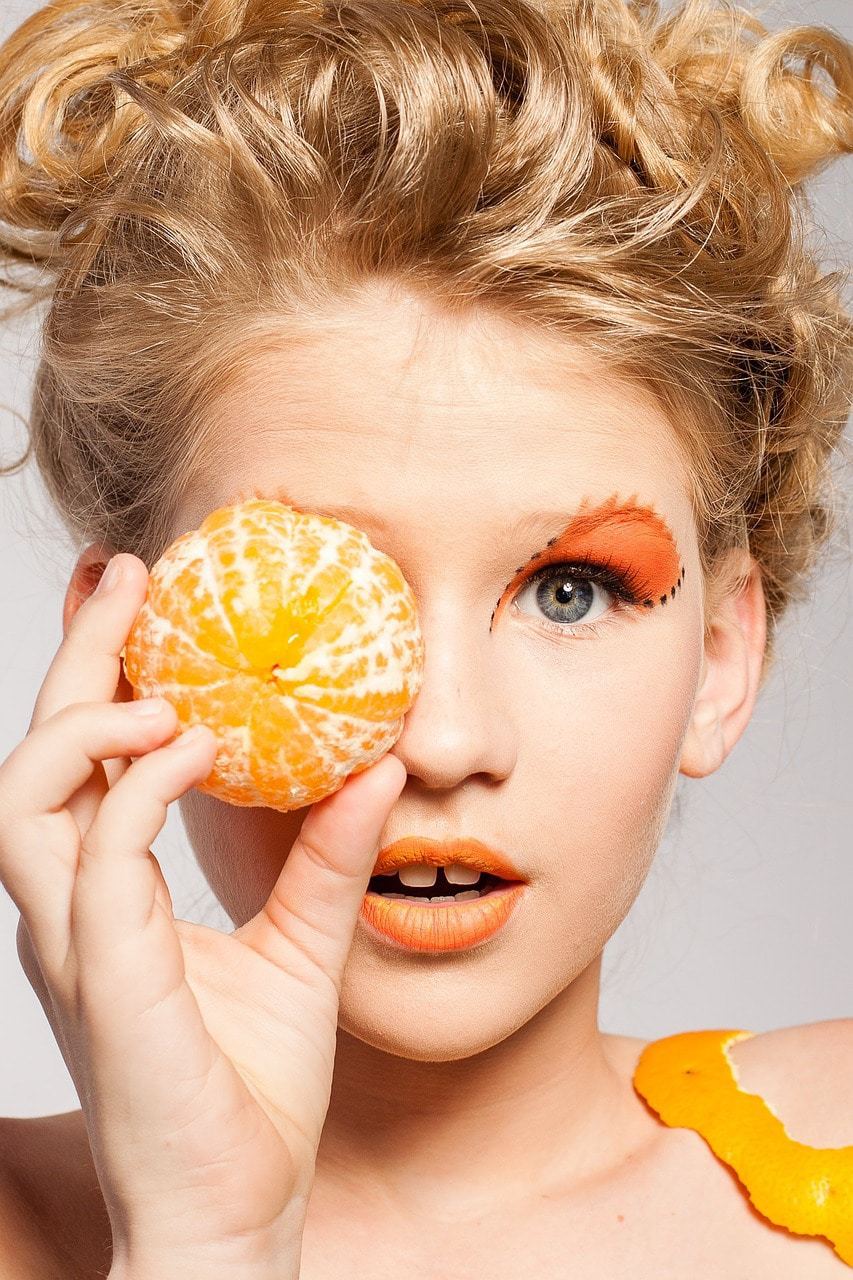What can I tell you about the portrait? Well, I love it, I'm not going to fool you. It is something that has been catching me almost without realizing it. Like you, I've probably tried almost every type of photography and technique (and if you haven't, you will ? ). I have been moved (and I continue to be moved, luckily) with everything I learn, I have put it into practice, I have made it my own and I have moved on with it in my backpack.
Landscapes , documentary photography or macro photography have driven me crazy . But always, always, I end up going back to the portrait . I always end up missing that someone who helps me convey my idea, I need eyes, a silhouette, in short, a human element .
And since I know you're here because you're one of mine, because you're trapped like me, I continue with the series of 100 quick tips that we started a couple of weeks ago with 100 tips for photographing babies and children and I'll give you another 100 quick tips , this time to help you with your portraits (no age ? ). But, before continuing, and in case this article leaves you wanting more, I recommend you read this mega guide that we have prepared on portrait photography with all the tips and tricks to achieve incredible portraits. In addition, you will find inspiration and much more than you can imagine.
Now yes, keep reading :-).
- Connect with your protagonist.
- Empathy is the key for the session to work .
- Break the ice : talk to him, smile, create a good work environment where everyone feels comfortable.
- Explain yourself clearly and concisely .
- The atmosphere is key to help you convey your idea (if you want to convey sadness, you cannot use a phosphorescent decoration and spend the session telling jokes).
- If booting is difficult, just boot . That is, take a few test shots and jump into the pool.
- Start by practicing with someone you trust (and who has a lot of patience ? ).
- Focus the eyes , they are the soul of a portrait photograph, unless you have another framing in mind that justifies not doing it.
- If they are at different distances from the camera, always focus on the eye closest to the camera.
- The reflection in your model's eyes is key; It fills them with life and greatly enhances the look.

The reflection in the eyes intensifies the gaze and fills it with life - Do you remember the rule of thirds ? Well, make sure that the eyes are located in one of the strong points of the image.
- If you are not close enough because you want to include the context, try to have your protagonist be the one who stands at one of these points of interest provided by the rule of thirds.
- Apply the law of the look leaving space in the frame in front of it.
- Don't forget to break the rules from time to time. Start cutting heads (photographically speaking ? ) if you think it's necessary.
- The directionality of the gaze affects what the portrait expresses, don't forget that.
- A direct look at the camera creates a connection with the person looking at the photograph.
- Looking outside the frame creates curiosity in the viewer and enhances the narrative.
- If there is a horizon in the image, remember to keep it straight , please.
- Do not forget to also frame vertically , this format allows you to better focus attention on your protagonist and gives you many compositional opportunities.
- Negative space will help you focus interest on your protagonist easily.
- Use the lines to direct the viewer's gaze through your composition...
- And vanishing points to transmit depth and help you in your compositions.
- Work different planes .
- The more open planes will allow you to give more prominence to the subject and its surroundings .
- With the most closed you can focus attention on your model .

Play with different planes - Dare also with the details : hands , eyes, mouth... by themselves they can be the protagonists of your image.
- Play with different points of view , do not limit yourself to "normal". You have many more: chopped, counter-chopped...
- Experiment with the orientation of the light.
- A front light brings out facial details and reduces textures.
- The side highlights the textures and increases the volume.
- An overhead light creates marked shadows under the eyes, nose and chin.
- The nadir or low angle creates quite unnatural shadows on the face.
- Rear light to play with backlights , contrasts or silhouettes .
- Play with diffused light to convey beauty, tenderness or delicacy.
- If you only have hard light, you can create soft light yourself with diffusers .
- In case you don't have a diffuser, use a simple light cloth in front of the light source (a curtain in front of a window is a diffuser too ? ).
- If you are outdoors, find a shade .
- You can also team up with hard light to create more dramatic portraits .
- Remember that the softness or hardness of the light depends on the size of the light source : smaller light is harder, larger light is softer.
- And the distance from the subject to the light source: closer, harder, and further away, softer and more diffuse.
- Experiment with the high key if you want to convey joy, purity or happiness.
- Experiment with the low key if you want to convey elegance or mystery.
- Give flash a try . He may not be your friend, but I assure you that he can be if portraits are your thing ?.
- Learn some basic lighting schemes .
- Take care of the background.
- If something bothers you, remove it, move it or blur it (with the depth of field).
- And if you can't, move or move your model to change the perspective.
- Go for the black and white portraits .
- If you do, don't forget to work in RAW or in color , (they contain much more information than the monochrome mode of the cameras and you will have better results).
- Get close to a window if you are indoors.

Take your time - Take your time .
- Think before you shoot .
- It works in manual mode .
- Remember to check the settings before you start shooting.
- Keep the ISO as low as possible, you will have more image quality .
- If you're not comfortable with manual mode yet, work with some priority mode :
- Use aperture priority for static portraits (so you can focus or blur at will to isolate the protagonist or give context through depth of field )
- Or speed priority for moving scenes (so you can freeze it or let it flow)
- Do not constantly look at the screen to see the results, the dynamics of the session are lost.
- Tell a story, don't just put a face on paper, go beyond a simple image.
- Convey emotion .
- Never be left alone with the first idea that came to your head, let your creativity flow .
- Work in RAW if you plan to edit your image after the shoot.
- Take care of all the details such as the placement of the hands, the tilt of the head and the general pose.
- Leave room for spontaneity , the best opportunities are not always the ones planned.
- The model's wardrobe matters, give it a thought or two ? .
- Remember to choose the measurement modes well .
Choose the measurement modes wisely 
- Matrix or Evaluative - Works by evaluating all the tones in the scene and giving you an average exposure that tries to be correct for all the lights.
- Spot : Meters the light at the exact point you indicate to it without regard to the tonal information surrounding that point.
- Center-weighted or partial evaluative : takes the information from the central area of the image, considering it the most important in the scene.
- Learn a few poses by heart in case you go blank.
- If your memory fails you, try downloading this app or a similar one: Posing app
- Get constantly inspired by the web (Pinterest, Instagram, Flickr, etc.), exhibitions, movies, literature, etc.
- Make an inspirational folder with the photos that you see there that you like, to be able to consult it in moments of need or for simple pleasure.
- Analyze the Exif data of the photos you like (the values at which the image has been taken) and your own.
- Approach without fear; Try to fill the frame .
- The self-portrait is also a portrait.
- Look for interesting locations to go to when you want to do a portrait session. Take photos of them and write down the precise place and the best time to go.
- Always keep your eyes open to find new places that will act as a stage for you…
- …Like train tracks, abandoned factories, interesting walls, etc.
- Work the textures.
- Against the light you will also get impressive images.
against the light - Don't forget the magical light of dawn.
- And if you don't want to get up early, don't miss the sunsets.
- Don't forget the sunshade.
- Don't forget to remove it from time to time to play with the flares on your portraits.
- Choose the optics you are going to use carefully : the recommended optics for portraits are usually those with a medium-long focal length.
- Think before you shoot.
- Let nothing detract from your main subject.
- Do not forget that color is one more compositional element, use it in your favor.
- Be original.
- Remember to adjust the white balance , especially if you are not working in RAW.
- Dress comfortably ;-).
- Delete everything that does not serve you later or you will die buried by hard drives full of photos without interest ;-).
- But never do it directly from the camera, first download them and analyze them calmly on your computer.
- Learn how to edit basic aspects of your image like contrast , exposure , white balance , saturation , etc. to see how they change the image.
- Everyday elements can be a great ally of your creativity when it comes to photographing portraits.
- Try playing with reflections from a mirror or a reflective surface.
- With the lights and shadows that sneak in through a half-down blind, or through a textured curtain.
- Do not rush, take your time and above all... patience, perseverance, and a lot of practice , until you find your own style.
What do you think of these quick tips? Would you expand the list with any more? Don't forget to share it if you found it useful and above all, practice it! ? Thank you and see you next time.


